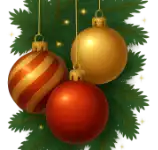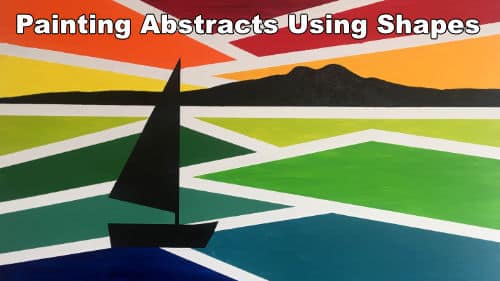Class Description
Unlock your creative potential with this exciting and accessible class designed to help you build striking abstract paintings from the ground up using the foundational concepts of line, shape, and form. Whether you’re a beginner looking to explore abstract art or a seasoned painter eager to loosen up your style, this on-demand course is packed with inspiration and technique.
🎨 Abstract Foundations: Learn the core principles of line, shape, and form—and how they work together in compelling compositions.
🧠 Design Through Simplification: Discover how to reduce complex scenes and everyday objects into abstract shapes and expressive marks.
🌈 Color as Emotion: Use bold color choices and contrast to bring energy and emotion to your work.
🖌️ Mixed Media Techniques: Experiment with acrylic paint, texture tools, masking, pens, and cling film to build dynamic, layered effects.
🔄 From Flat to Form: Add depth to your abstracts using shading, color washes, and light effects to simulate form on a flat surface.
🧃 Inspired by Nature: See how a photo of citrus fruit becomes a vibrant modern artwork in a guided demonstration.
📐 Your Own Abstract Challenge: Apply what you’ve learned to create a unique piece of your own using the provided reference and creative prompts.
What’s Included:
📹 A lovely quick class (only 30 minutes) – Paint along as each step is demonstrated and explained in real time.
🕐 On-Demand Access – Start, stop, and revisit any part of the lesson whenever you like.
📄 Downloadable Resources – Includes a reference photo and guidance for your own abstract challenge.
Perfect for artists of all levels, this course is a fun and approachable way to dive into abstract painting, while learning the visual language used by modern art masters like Piet Mondrian.
By the end of “Painting Abstracts Using Shapes”, you’ll have a beautiful, vibrant painting—and a deeper understanding of how to design, simplify, and express ideas through abstract art.
Start your abstract art journey today—no rules, just creativity!
You Will Need
- a 400mm x 300mm canvas (roughly 16″ x 12″).
- Set of bristle brushes
- Finer liners and fine round brushes
- 1″ (2.5cm) Pastry brush
- Paint : A variety of paint colours (whatever you have). I used Yellow, orange, green, blue, white, black and gold.

